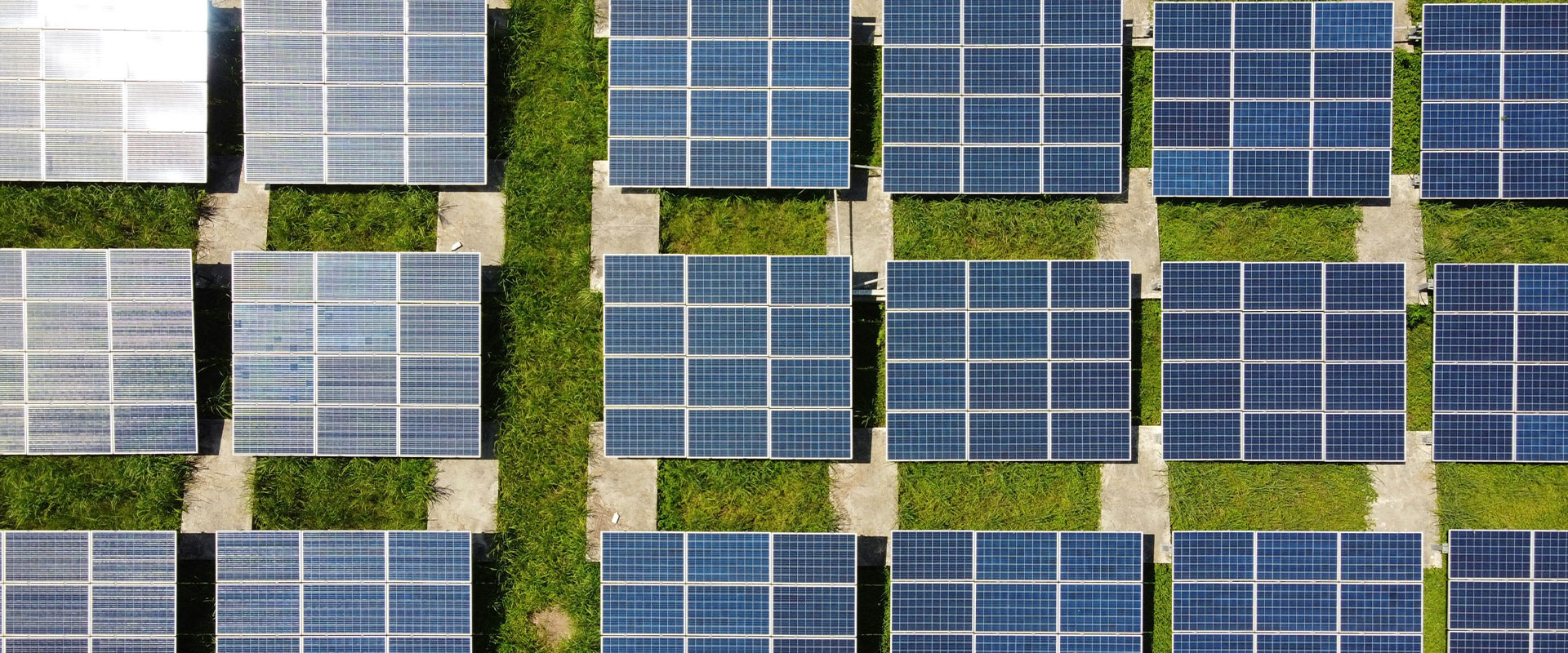Environmental issues such as the relationship between carbon emissions and global climate change have raised concerns in our society for decades and many businesses have now acknowledged their social responsibility to reduce and ultimately eradicate their emissions. While the impetus is there however, much of the necessary logistics and the granular detail are still to be determined; for example in many industries there is much to be settled concerning the proper protocols for modelling, understanding and attributing emissions both within an organisation and in its upstream and downstream supply chain.
Recent perceived inconsistencies in messaging from the UK government on this topic notwithstanding, sustainability is obviously an important issue for every business currently, and one which is likely to gain greater weight as the 2050 legal deadline for net zero approaches.
Common advice for firms embarking on this journey is to build roadmaps of the necessary stages to reach their target, which means looking at previous years and forecasting against short, medium and longer-terms ambitions. The risk of focusing on a headline target years into the future without working amongst the minutiae of how next year’s performance will be managed and reduced is that the distant goal will just remain as an ambition. Undeniably, any such long-term strategic objective requires a mapping exercise and it must be properly resourced, hence we are seeing more roles in sustainability: businesses are being equipped with environmental specialists, to support a greener media industry.
One other emerging trend over the coming years will be a greater alignment between purely environmental, ethical concerns and overtly commercial ones: as the number of firms committing to zero carbon increases, a failure to do the same will either become a discounting factor in procurement processes, or have to be priced into any decision to buy.
For our own part, Space & Time have committed to reach Net Zero by 2030.
Digital media and programmatic
Although it involves little in the way of pouring concrete or big-ticket fossil fuel logistics, the potential and actual impact of the media industry on our environment are sizeable: despite moving from a primarily paper-based world in the last century into a predominantly digital media landscape nowadays, the movement of data in the digital age has been identified as a major factor of global carbon emissions.
In the digital media sphere, programmatic is often considered a significant contributor to the sector’s emissions because the two pillars of this buying method are data and real-time transactions: two elements that require significant server power. The granularity that much of this activity offers is also a major driver of emissions here: the natural corollary of targeting individuals based on their interests is an inbuilt carbon inefficiency when compared to more broadly targeted media where one device might have a far larger audience (linear broadcast, OOH, cinema).
Another reason that programmatic is often prominent in sustainability conversations is that it is inherently well suited to some of the challenges at hand: the transparent, real-time foregrounding of key performance metrics has always been at the heart of the programmatic project, as has the capacity to flex our optimisation models to suit the changing needs of the client. Programmatic has always been an agile media buying method, adapting to the interests and needs of consumers and, more generally, of our society.
As the need for businesses to measure and understand their emissions grows, the value of emissions data and the facility to optimise around it, or at the very least to consider it alongside more overtly commercial considerations will only increase, and this is an area where programmatic can offer so much more than any other medium.
Change is an opportunity
The carbon footprint in programmatic is essentially driven by the fact that servers require a lot of energy, for functions as diverse as storing information, serving ads and cyber security. Our web is a busy place: besides the technical challenges of servers, data, storage – to mention a few – other areas have also been raised since 2010’s: our user and individual rights.
The long-predicted cookie-less future is now finally here, and user consent as well as ultra-sophisticated targeting opportunities are now being scrutinised. GAFAM are obviously leading the way as well when it comes to privacy. Is that coincidental? As these world-leading tech firms push through significant change to their infrastructure and the products it delivers to accommodate our changing attitudes towards privacy, there is a significant opportunity for clients to react in a sustainable way. It makes good sense in this instance as in so many others to align environmental sustainability with the provision of social value: as companies and practices are revised to accommodate a cookie-less environment and to make best use of first-party data, many are also taking the opportunity to ensure that their structures and processes are as environmentally sound as possible.
At Space & Time, we are looking at sustainability as a whole, addressing environment impact, quality of data and user experiences all under the same umbrella. As ever, our recommendation to clients would be to take action early, and we’re already getting hands-on to deliver best value and quality of media. There’s a clear win-win here, with improved audience data delivering benefits in terms of reduced costs per action but also reduced tCo2e per thousand pounds of ad spend.
A change in attitude concerning emissions themselves is also an opportunity for improvement. While many firms have gained consciousness about the emergency of the situation, we are seeing some new questions being raised, and the growing trend for carbon emissions appearing on pitches and RFP is one of them. The task now is to create a coherent understanding of responsibility across the various parts of our industry, and agencies have a key role to play in the ecosystem: pushing for better quality of media from trusted publishers and limiting heavy carbon emissions inventory sources. It seems like publishers are back into a strong position now, with their first party data for yield optimisation as well. These who have been in the programmatic landscape for a while can confirm that they’ve seen their CPM dropping over the years, with the entry on the market to more enhanced algorithm models and the surge of AI solutions. This will be evolving with privacy being on all lips.
Measurement is also key to get a first step into lowering carbon emissions, so this is the transparency being addressed, which enables us to sense check better the quality and eventually the layers of costs can be scrutinized. Handily enough, user consent is being required from spring 2024 by Google, which will have major consequences for the quality of data movement (bought and sold) too. This regulatory change is an opportunity for brands to reflect more generally on their approach to first-party data. What is it based on? Does cookie-less targeting necessarily mean an increased reliance on contextual audiences? To which frequency schedule is the targeting data refreshed and how long is it kept for?
As with many other sectors, the cleanliness and recency of the data, and the quality and transparency of the media spend within the programmatic activity are all elements being under the spotlight for this year.
Actionable insights
If we wanted to sum up the vast topic of sustainability in programmatic, there are two main question to ask, that will directly impact planning stage and eventually costs as well, but will help reducing carbon emissions:
- How clean is the data layer used on programmatic campaigns
- Is the inventory buying heavy-impressions servers
In order to turn words into actions, we would suggest that the following initial steps will be central to structuring and maximising programmatic’s contribution to wider sustainability planning:
- Start monitoring the impact of current activity to benchmark progress
- Reinforce publishers’ relationships (first-party data)
- Adopt a test and learn position with DSPs and technologies offering contextual targeting.
- Challenge third-party data partners, prioritise first-party data
- Anticipate the cost on the net media spend







